How to program 6 different four-to-the-floor grooves
Every sub-genre of house and techno adheres to its own set of drum programming rules. Here’s a guide to six of them…
There can be much more to a four-to-the-floor drum track than just that on-beat kick drum, off-beat hats and backbeat snare. Each of the many flavours of house and techno presents its own percussive subtleties and nuances, and if you want your choons to sound on-point, you need to get those identifiers right.
Here, we'll show you what it is that makes the grooves of six four-to-the-floor sub-styles work in the particular ways they do. For more on programming electronic drum parts, get the June edition of Future Music.
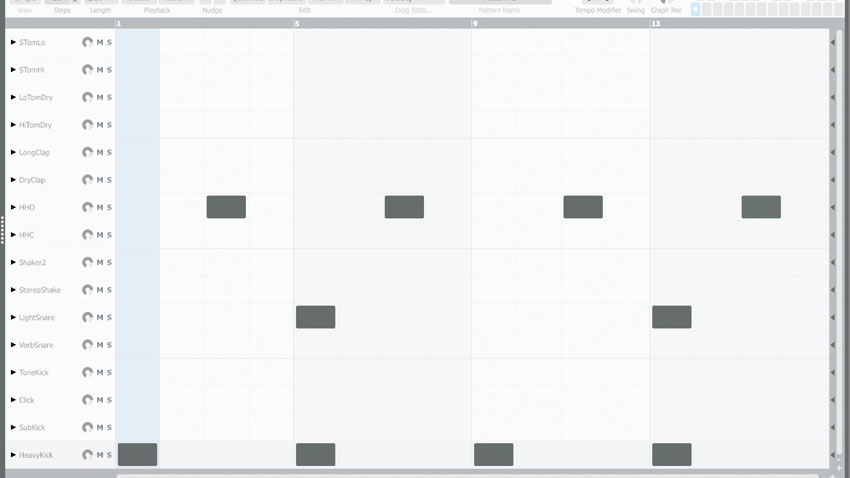
Step 1: A solid house beat is fairly basic: a bass drum on every beat of the bar, a clap on beats 2 and 4, and an open-hi-hat on the off-beat between each kick. Stick mainly to an electronic palette - drum machine TR-808 and TR-909 sounds are the norm.
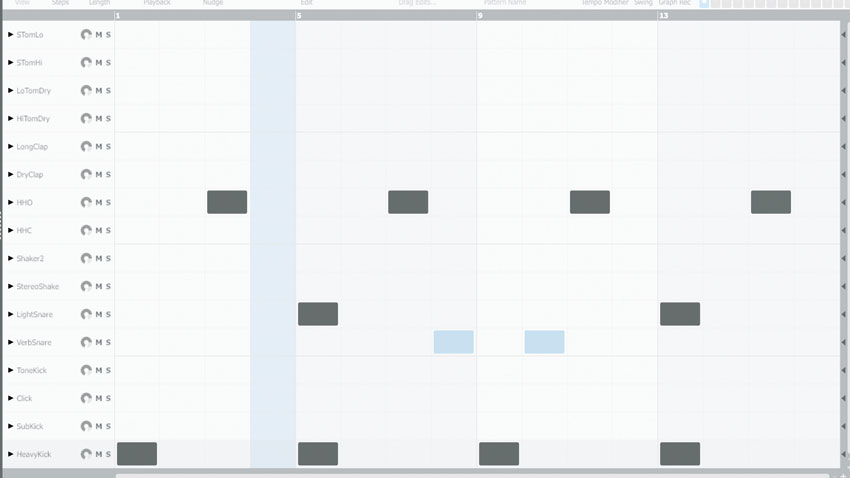
Step 2: Jackin’, NY-style house retains this minimalist style of programming, but ghost-snare hits are sparsely dropped on even 16th-notes. Displacing these later will disrupt the solid kick-clap-hat foundation to emphasise the swung groove for the dancefloor.
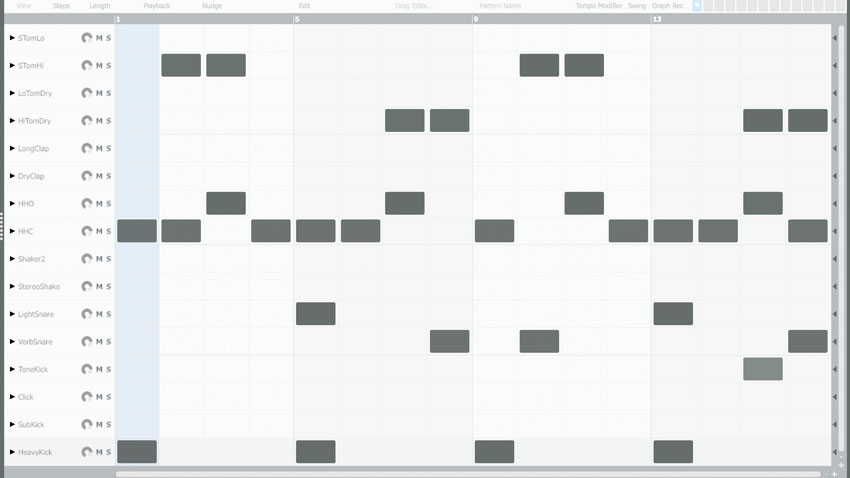
Step 3: Funkier house styles are slower (around 120bpm), with even more swing. To emphasise this, sprinkle the kick-clap-hat core with plenty more ghost snares, closed hats and percussion across even 16th-notes, and push them even further off the grid.
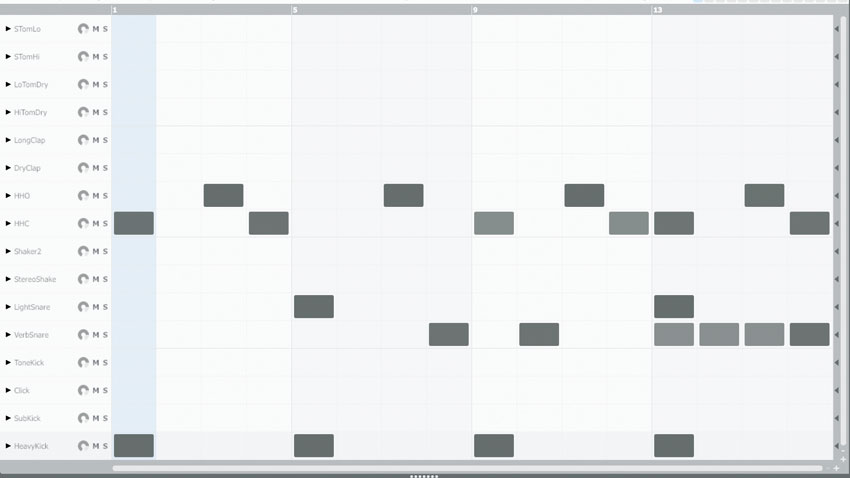
Step 4: Pumping tech-house incorporates the previous techniques, but emphasises solidity via the signature use of punchy 909 drums - especially 16th-note snare roll builds, which are used to ramp up the intensity at the end of eight- or 16-bar sections.
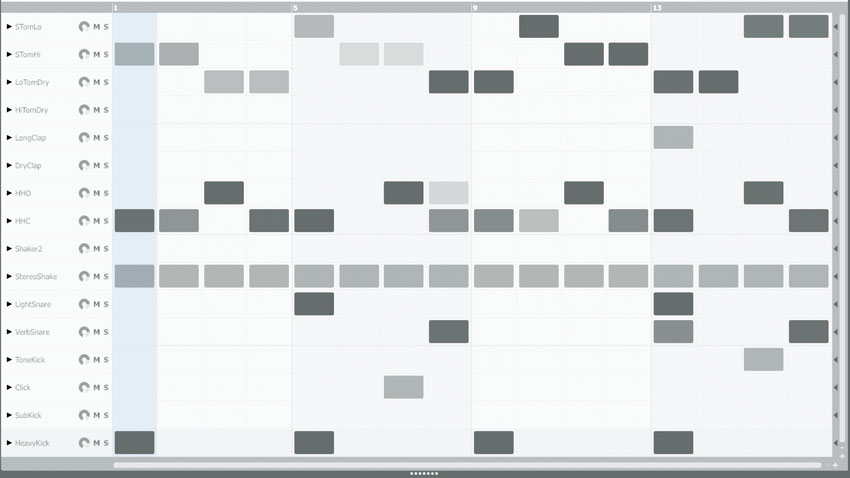
Step 5: To generalise, techno ranges from groovier, slower styles at house tempos, right up to breakneck speeds of 135bpm or more. It’s all about the drums here: speedy bongo patterns, churning hi-hats and call-and-answer perc interplay to give supreme percussive emphasis.
Get the MusicRadar Newsletter
Want all the hottest music and gear news, reviews, deals, features and more, direct to your inbox? Sign up here.
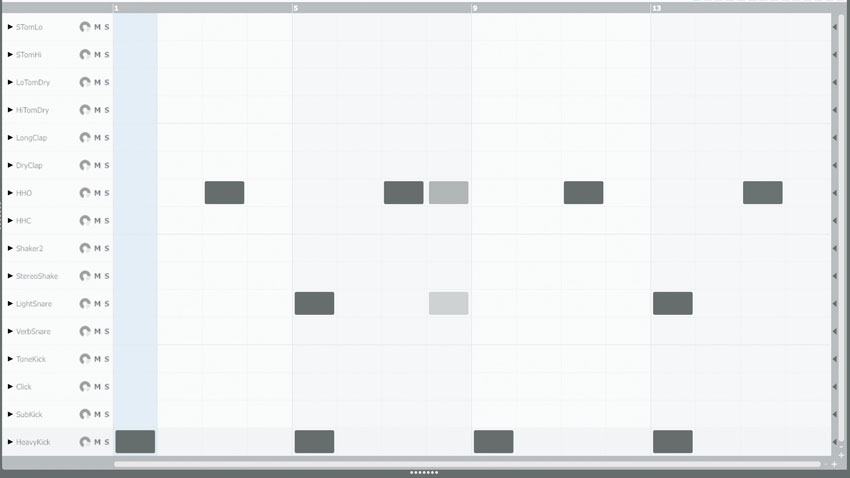
Step 6: UK bassline house follows a lot of the rules discussed here, but beats are usually fairly sparse and timbrally thin, to allow the track’s groove to come from the wobbling, dubstep-esque modulated bass synths running underneath.
Future Music is the number one magazine for today's producers. Packed with technique and technology we'll help you make great new music. All-access artist interviews, in-depth gear reviews, essential production tutorials and much more. Every marvellous monthly edition features reliable reviews of the latest and greatest hardware and software technology and techniques, unparalleled advice, in-depth interviews, sensational free samples and so much more to improve the experience and outcome of your music-making.










